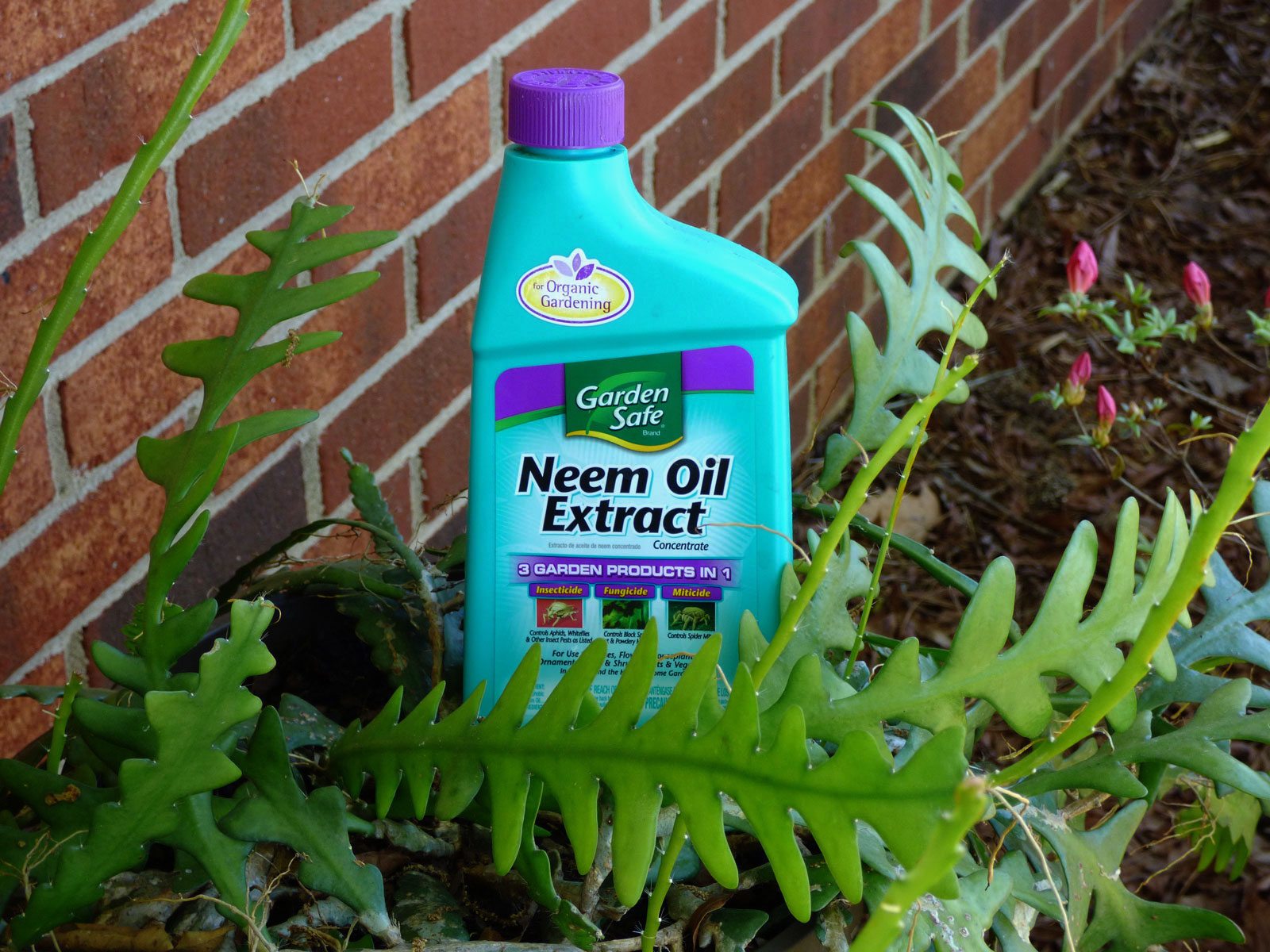When it comes to creating a stunning outdoor space, the right selection of plants can make all the difference. The ideas of plants for landscaping play a crucial role in achieving a beautiful and functional outdoor environment. From adding color and texture to providing privacy and supporting local wildlife, the choices you make in plant selection can have a lasting impact on your landscape.
Understanding your climate and soil is essential when choosing plants for your landscaping. By selecting plants that thrive in your environment, you can ensure their success and minimize maintenance requirements. Additionally, incorporating low-maintenance plants can add beauty to your landscape without the hassle of constant upkeep.
Creating year-round visual appeal is another important consideration when selecting plants for landscaping. By choosing colorful blooms for every season, you can ensure that your outdoor space remains vibrant and inviting throughout the year. Furthermore, incorporating trees, shrubs, and groundcovers can add texture and depth to your landscaping design. These elements not only enhance visual interest but also contribute to the overall functionality of your outdoor space.
Understanding Your Climate and Soil
Choosing the right plants for your landscaping project is crucial to its success. Understanding your local climate and soil is essential in selecting plants that will thrive in your environment, ensuring a beautiful and sustainable landscape.
Assessing Your Climate
Before choosing plants for landscaping, it’s important to assess the climate of your area. Determine the average temperature range, amount of rainfall, and any extreme weather conditions that may affect plant growth. For warmer climates, you may want to consider heat-tolerant and drought-resistant plants, while cooler climates may require cold-hardy varieties.
Understanding Your Soil
Soil composition plays a significant role in plant health and growth. Conduct a soil test to determine its pH level, texture, and nutrient content. Certain plants thrive in well-draining sandy soils, while others prefer rich loamy soils or even clay-based soils. Understanding your soil type will help you choose plants that are best suited for your particular landscape.
Consulting With Local Experts
If you’re unsure about which plants are best suited for your climate and soil, consider consulting with local horticulturists or landscapers who have expertise in your area. They can provide valuable insights and recommendations for choosing the right plants for landscaping based on your specific environment.
Additionally, visiting local botanical gardens or nurseries can give you a firsthand look at which plants are thriving in similar conditions. By understanding your climate and soil, you can make informed decisions when selecting plants for landscaping that will flourish and enhance the beauty of your outdoor space.
Top Low-Maintenance Plants for Landscaping
When it comes to landscaping, one of the key considerations for many homeowners is finding low-maintenance plants that can add beauty to their outdoor space without requiring a lot of upkeep. Fortunately, there are plenty of options available for those looking to create a stunning landscape with minimal maintenance. From colorful blooms to foliage with interesting textures, there are numerous low-maintenance plants that can thrive in various climates and soil conditions.
Perennials
Perennial plants are an excellent choice for low-maintenance landscaping. Once established, these plants come back year after year, saving homeowners the time and effort of replanting annually. Some popular choices for perennials include black-eyed Susans, coneflowers, and daylilies. These plants require minimal care and can add vibrant pops of color to any garden.
Succulents and Cacti
For those living in arid or dry climates, succulents and cacti are ideal low-maintenance options. These plants are well-suited for hot, sunny conditions and require very little water once established. With their unique shapes and forms, succulents and cacti can add visual interest to any landscape while requiring minimal attention.
Ornamental Grasses
Ornamental grasses are another great choice for low-maintenance landscaping. These grasses come in a variety of heights, colors, and textures, making them versatile additions to any garden or yard. Once established, ornamental grasses typically require very little maintenance beyond occasional watering and trimming back in the spring.
Incorporating these top low-maintenance plants into your landscaping not only adds beauty without the hassle but also allows you to spend more time enjoying your outdoor space rather than maintaining it. Consider these options when planning your landscaping project to create a visually appealing and easily manageable environment around your home.
Colorful Blooms for Every Season
When it comes to creating a visually appealing landscape, incorporating plants that bloom in every season is essential. Not only do these plants add bursts of color and vibrancy to your outdoor space, but they also ensure that there is always something to admire throughout the year.
Whether it’s the delicate blossoms of cherry blossoms and magnolias in the spring, the bold and bright hues of sunflowers and zinnias in the summer, or the warm tones of mums and marigolds in the fall, there are plenty of options to choose from. By carefully selecting a variety of flowering plants that bloom at different times, you can create a garden that offers year-round visual interest.
To achieve year-round visual appeal with blooms, it’s important to consider factors such as sunlight exposure and temperature variations throughout the seasons. Some plants may thrive in full sun during the summer but require partial shade in the spring or fall.
Understanding these requirements will help you select a diverse range of colorful blooms that can adapt to changing environmental conditions. Additionally, consider incorporating evergreen shrubs and trees that maintain their foliage throughout the year, providing a reliable backdrop for seasonal flowers to shine against.
In addition to traditional flowering plants, don’t overlook the potential of bulbs and perennial flowers that return each year. Bulbs like tulips and daffodils bring early spring color while perennials such as coneflowers and black-eyed susans offer long-lasting blooms from summer through fall.
By strategically planting a mix of annuals, perennials, and bulbs, you can ensure that your landscape remains visually captivating regardless of the season. With careful planning and consideration for your local climate, you can create a garden bursting with colorful blooms throughout the entire year.
Creating Texture and Depth
When it comes to landscaping, incorporating a variety of trees, shrubs, and groundcovers is essential for creating texture and depth in your outdoor space. These elements not only add visual interest but also provide habitat for local wildlife and improve the overall health of your garden. Whether you’re looking to create a lush, layered look or simply add some greenery to your yard, the right selection of plants can make all the difference.
Trees are an important element in any landscape design, providing shade, privacy, and structure. When selecting trees for landscaping, consider the size of your space and the needs of the tree. For small yards, compact or columnar trees like Japanese maple or flowering dogwood are excellent choices. If you have a larger space to work with, consider planting a mix of deciduous and evergreen trees for year-round interest.
In addition to trees, shrubs play a key role in adding depth to your garden. They can be used to create natural borders or hedges, provide color and fragrance throughout the seasons, and attract pollinators.
When choosing shrubs for landscaping, be sure to select varieties that thrive in your climate and soil conditions. For example, if you live in an area with hot summers and cold winters, look for drought-tolerant shrubs like lavender or Russian sage that can handle a range of temperatures.
Groundcovers are another essential component of creating texture in your landscape design. These low-growing plants not only help suppress weeds but also add visual interest to pathways and garden beds. Consider options like creeping thyme, sedum, or vinca minor to fill in bare spots and create a cohesive look throughout your outdoor space.
| Landscaping Component | Example Plants |
|---|---|
| Trees | Japanese maple, flowering dogwood |
| Shrubs | Lavender, Russian sage |
| Groundcovers | Creeping thyme, sedum, |
Functional Plants for Landscaping
When it comes to landscaping, functional plants serve a variety of purposes beyond just adding visual appeal to your outdoor space. From providing privacy to controlling erosion, these plants play an important role in the overall layout and design of your landscape. Here are some functional plant ideas for landscaping that can help you achieve both beauty and practicality:
- Privacy Plants: When creating secluded areas within your landscape, consider using tall, dense plants such as arborvitae, holly, or bamboo. These plants can create natural barriers and provide privacy from neighboring properties or busy streets.
- Groundcover Plants: Groundcover plants not only add a lush carpet of greenery to your landscape but also help prevent soil erosion. Options like creeping thyme, sedum, or ornamental grasses are excellent choices for filling in spaces between larger plants and covering bare ground.
- Erosion Control Plants: For sloped or hilly areas prone to erosion, planting shrubs with deep root systems like juniper, forsythia, or yarrow can help stabilize the soil and prevent runoff. These hardy plants are ideal for maintaining the integrity of your landscape in challenging terrain.
Incorporating these functional plants into your landscape not only adds practical benefits but also contributes to the overall aesthetic appeal of your outdoor space. By carefully selecting these types of plants based on their suitability for specific functions, you can create a well-rounded and purposeful landscape design.
Remember that when choosing functional plants for landscaping, it’s essential to consider factors such as sun exposure, soil type, and water requirements to ensure their optimal growth and performance in your specific environment. With thoughtful planning and strategic placement, you can effectively utilize these plants to enhance the functionality and beauty of your landscaping project.
Drought-Tolerant and Water-Wise Plants
When it comes to landscaping, choosing drought-tolerant and water-wise plants is not only beneficial for the environment but also a practical choice for maintaining a beautiful outdoor space. These sustainable options can withstand dry conditions and require minimal irrigation, making them ideal for eco-friendly landscaping. By incorporating these plants into your garden, you can conserve water resources while still enjoying a lush and vibrant landscape.
To help you get started, here are some popular drought-tolerant and water-wise plants that you can consider for your landscaping projects:
- Agave: This striking succulent plant is known for its dramatic foliage and low water requirements, making it an excellent choice for arid climates.
- Lavender: Not only does lavender add a beautiful pop of color and fragrance to your garden, but it also thrives in dry conditions and attracts pollinators.
- Yucca: With its architectural shape and tolerance for dry soil, yucca is a versatile plant that can bring visual interest to any landscape.
These are just a few examples of the many drought-tolerant and water-wise plants available for landscaping. By selecting these types of plants, you can create a sustainable outdoor environment that not only conserves water but also enhances the beauty of your property. Whether you live in a desert climate or simply want to reduce your water usage, incorporating these plants into your landscape design is a smart and eco-friendly choice.
Incorporating Native Plants
One of the key benefits of incorporating native plants into your landscaping is their ability to attract local wildlife. Native plants provide food and habitat for birds, pollinators, butterflies, and other beneficial insects, helping to support the local ecosystem. By creating an environment with a diverse range of native plants, you can enjoy the presence of these beautiful creatures while contributing to the conservation of local wildlife species.
In addition to supporting local wildlife, native plants also contribute to the overall health and resilience of the ecosystem. These plants have developed natural defenses against pests and diseases prevalent in their specific region, reducing the need for chemical pesticides or fertilizers. Their deep root systems also help prevent erosion and improve soil health.
Overall, incorporating native plants into your landscaping not only adds beauty but also promotes sustainable practices that benefit the environment as a whole. When considering ideas of plants for landscaping, be sure to explore the wide variety of native plant options available for your region to enhance biodiversity and support local wildlife.
Edible Plants for Landscaping
In conclusion, the selection of plants for landscaping plays a crucial role in creating a beautiful and functional outdoor space. Understanding your climate and soil is essential to choosing plants that will thrive in your environment, while also adding low-maintenance options for easy care. Incorporating colorful blooms for every season can create year-round visual appeal, while adding texture and depth with trees, shrubs, and groundcovers can make the landscape more dynamic.
Additionally, considering functional plants for landscaping such as those used for privacy, groundcover, or erosion control can not only add beauty but also serve practical purposes. For those looking to create a sustainable and eco-friendly landscape, utilizing drought-tolerant and water-wise plants is essential. Furthermore, incorporating native plants can enhance biodiversity and support local wildlife, contributing to the overall health of the ecosystem.
Lastly, adding edible plants to the landscape not only adds a delicious element but also a practical one. Growing fruits, vegetables, or herbs in your outdoor space allows you to enjoy fresh produce while adding an interesting and multi-functional element to your landscaping design. By carefully considering all these ideas of plants for landscaping, you can create an outdoor space that is both visually stunning and highly functional.
Frequently Asked Questions
What Kind of Plants Are Good for Landscaping?
When selecting plants for landscaping, it’s important to consider the climate and soil conditions of your location. Native plants are often a good choice as they are already adapted to the local environment and require less maintenance.
Drought-tolerant plants, ornamental grasses, and flowering shrubs can also be great additions to a landscape, adding both visual appeal and minimal upkeep.
What Is the Best Low Maintenance Landscaping?
The best low maintenance landscaping typically includes using a combination of hardscaping elements such as pathways, rock gardens, and mulched areas with a selection of low-maintenance plants. Choosing plants that are drought-resistant, disease-resistant, and slow-growing can help reduce the amount of care needed.
Additionally, native plants that are well-suited to the local climate can thrive with minimal intervention.
What Is the Best Way to Select Plants for Your Landscape?
The best way to select plants for your landscape is by first assessing the environmental conditions of your property, including sunlight exposure, soil type, and moisture levels. Researching plant species that are well-suited for these conditions will help ensure their success in your landscape.
It’s also beneficial to consider the mature size of each plant in order to plan for adequate spacing within your design. Additionally, consulting with local nurseries or gardening experts can provide valuable insights into selecting the right plants for your specific landscape needs.

Welcome to my gardening blog! I am passionate about plants and enjoy sharing my knowledge and experiences with others. In this blog, I will write about everything related to gardening, from tips on how to get started to updates on my own garden projects.





